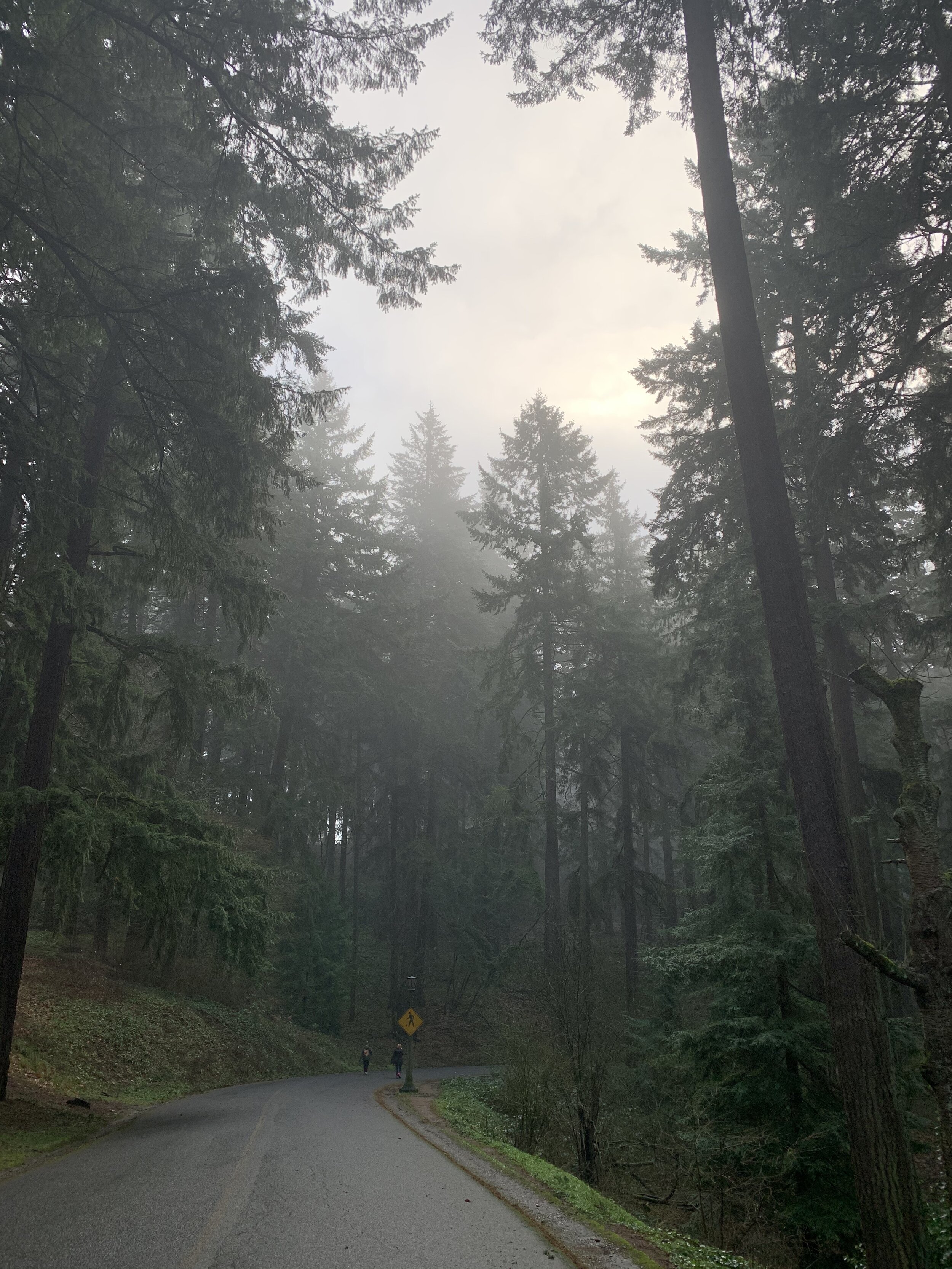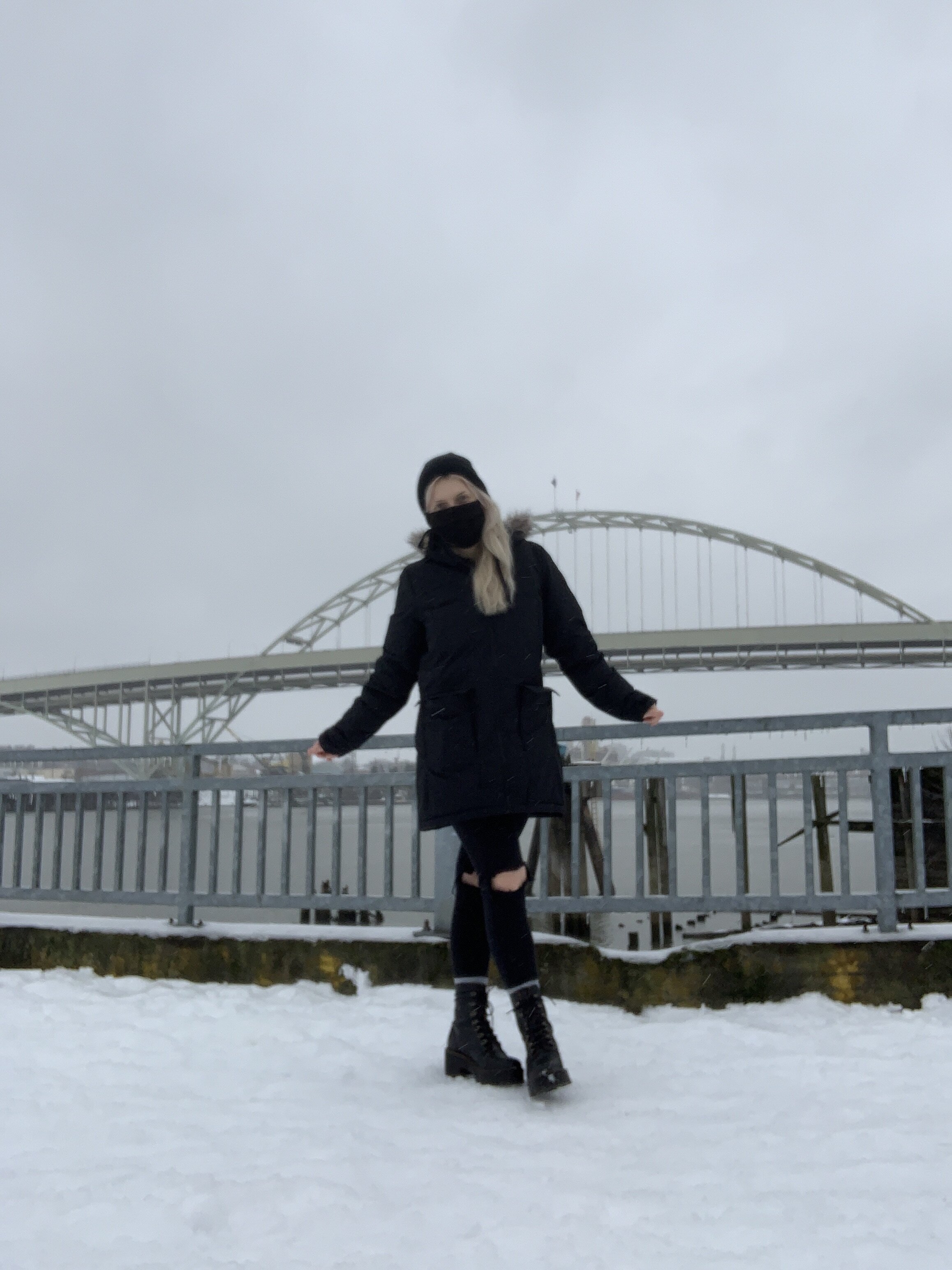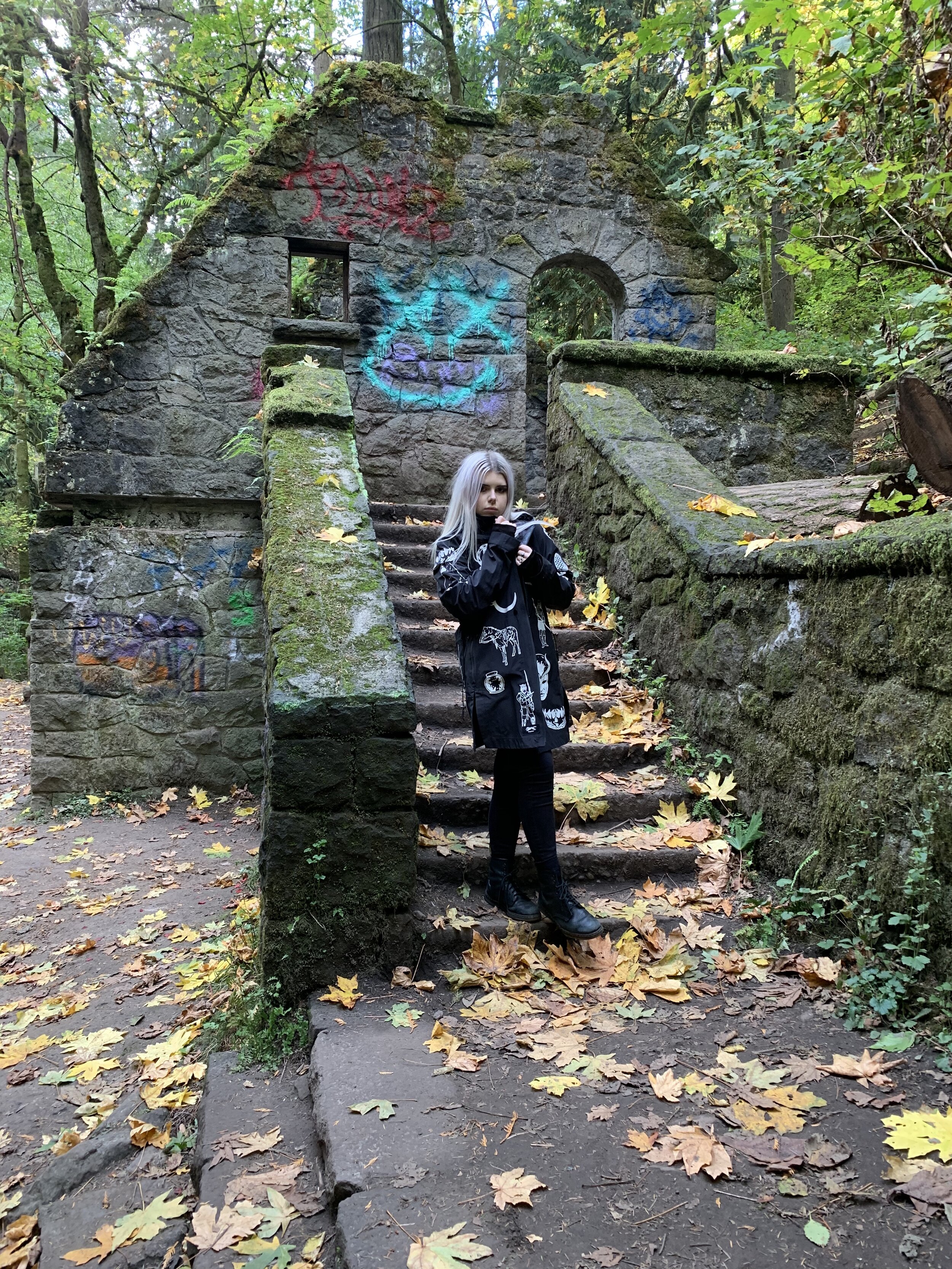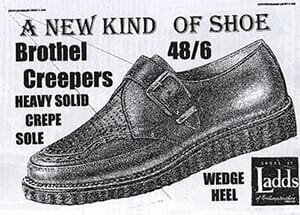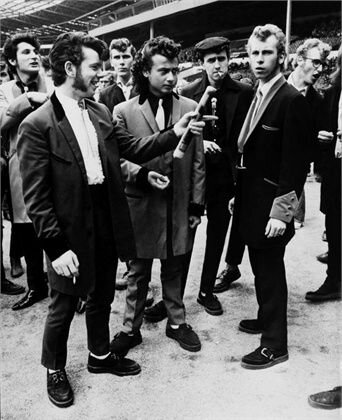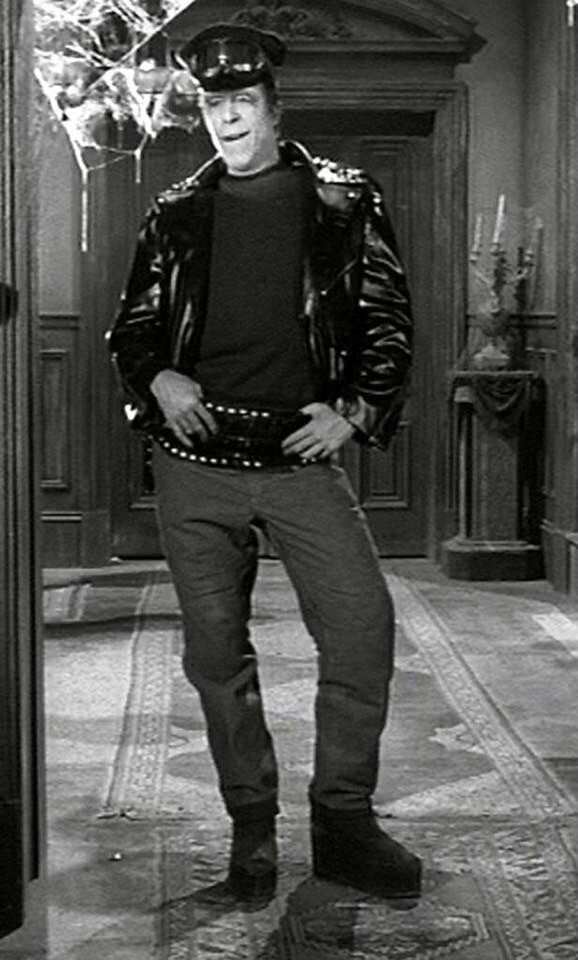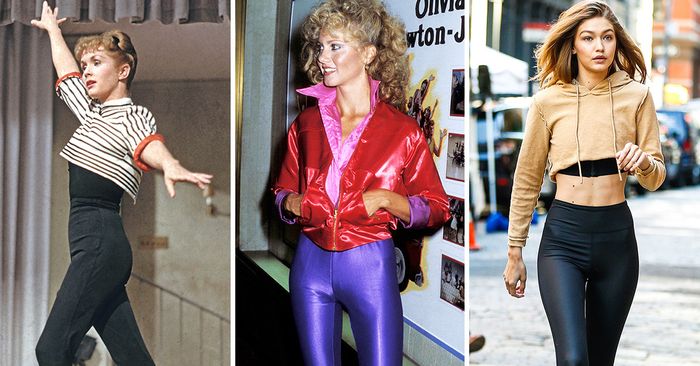I moved out to Portland for a breath of fresh air. To get out of my hometown which I was no longer growing, but festering in. Portland seemed like a good place to go, and things lined up for me to finally get out of the desert.
But after a few months in Oregon, I began to feel homesick. Don’t get me wrong - Portland is amazing and definitely more my speed. But feeling like an outsider, the new girl, in a totally different place in all aspects of the term - it has been hard.
For starters, Portland is incredibly inconvenient to drive around and get to places. Streets are narrow, you have to “turn right to go left”, potholes are abundant, everyone owns large SUVs despite the small streets, it’s not quite safe and car theft is HUGE here, and well, parking lots don’t really exist. Portland has been a complete polar opposite experience from my life in Phoenix that I was accustomed to.
Mount Tabor, Portland, OR
Multnomah Falls, OR
In Phoenix, familiar chain restaurants and parking is abundant. Everything is a grid. It’s hot but at least the weather is reliable. I’ve found myself reminiscing and romanticizing even the simplest night drives around Phoenix, while I laid in my Portland apartment with earplugs in, trying to tune-out my noisy neighbors.
Portland was not what I thought it would be for me.
I’ve had a wonderful experience up here. I’ve grown a lot. It has been hard and scary at times, but I am thankful for my time up here. I am thankful for this experience and that - hey, I moved out of state and lived alone for a while and learned from it. And that’s okay. I moved up here thinking it would be permanent, but quickly found it was just a learning experience needed for my personal growth.
I no longer loathe Phoenix, and miss it dearly. I have a whole new appreciation for my hometown. Mind you, I have learned a bunch from this time of isolation and solitude, and will be returning to the desert with a clear head and open mind, much wiser and stronger than before. I will always look back on my time in Portland fondly, and I will visit often.
It’s okay to think you had a plan for your life, and then once you follow that plan, realize it isn’t for you. It’s okay to start over. It’s okay to go back home.
Lorraine
Haystack Rock, Cannon Beach, OR
Fremont Bridge, Portland, OR
Witches Castle, Forest Park, Portland, OR
